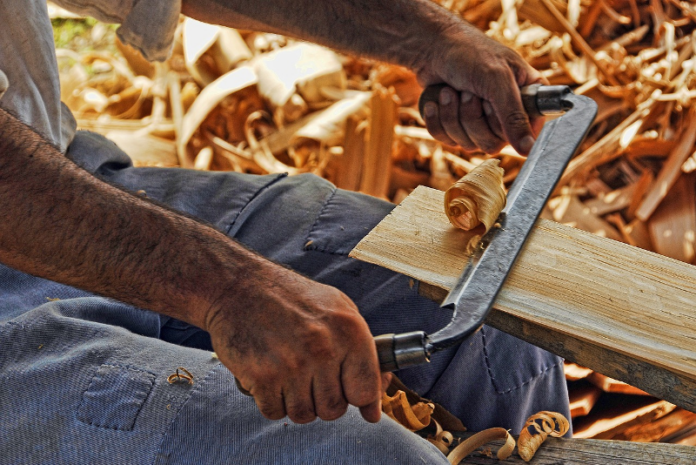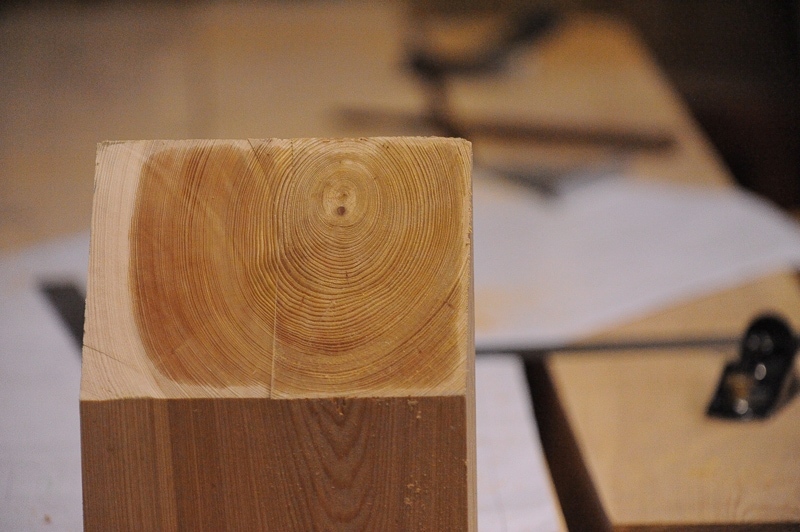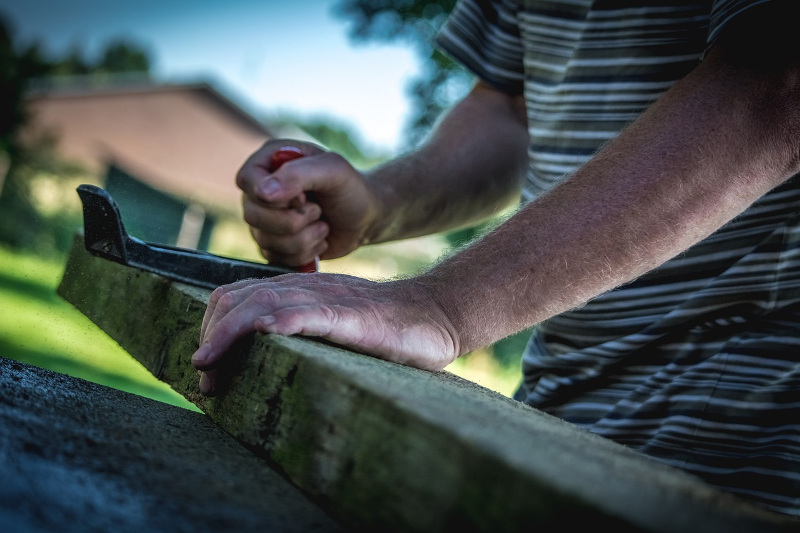Woodworking is a hugely rewarding and satisfactory way to spend a day. It may be your profession or part of it. It may be your hobby. Whichever it is, we all know just how satisfying it is to complete a project. Sure, there are plenty of steps along the way, and that’s what we’re here for. In this article, we are going to share with you six amazingly handy tips that every woodworker should know. So, whether your a hobbyist or a pro, we hope there’s something in here to help you. Listed down below are six tips that will help you with your woodworking projects.
1. Sharpen All Your Blades
It’s an obvious tip for number one, but nonetheless, it’s a vitally important one. Dulled blades on saws, chisels, planes, or any other wood cutting tool are the ultimate no-no. Dull or blunt blades tend to pull at the wood and rip it apart instead of cutting cleanly through it. They can also cause the wood to split and splinter, potentially ruining an entire piece or project. Keep your blades sharp and know how to look after them properly. Without doing so, you’ll give yourself a headache and potentially hurt yourself in the process.
2. Always Work With Adequate Light
Woodworkers often work on their projects in quiet spots, away from the family, on their own. This means, you often find a woodworking bench, lathe, or set of tools in a garage, outhouse, shed, or studio. This is great as it keeps the tools away from untrained hands and gives you space to operate safely. However, it also often leads to rather dark and dingy working conditions. There’s no excuse for poor lighting these days with LEDs, on-tool lights, headlamps and a million other lighting options for even the remotest of locations. Stay well lit and stay safe!
3. Know The Moisture Content Of Your Wood
This trips people up all the time. If your wood is too moist, it can lead to shrinking, bending, and warping as it dries and sets. Too dry? The wood may well crack and split. It is crucial to know that you are operating with wood that has the correct moisture level. Different species of wood have different ideal moisture levels, too, so be sure to check the correct level for each if you are using multiple. Buy a moisture meter and check every piece as you go.
4. Use A Sanding Block
Sanding is laborious but crucial to the process of woodworking. Many people have resorted to using powered sanding tools now, though we still rate good old-fashioned hand sanding. Hand sanding gets into places that a machine may not, while also kicking far less dust up into your eyes and lungs.
To make sanding a little easier, use a sanding block as opposed to just paper in your hand. The block helps evenly distribute the pressure you are applying, giving a more even finish. The extra weight of the block adds a little pressure, too, so you’ll be doing the job just that little bit faster.
5. Clean Glue When Wet
Glue is an essential tool in the arsenal of any woodworker. We use glue to seal joints or even hold huge projects together. The problem is, glue can be quite messy if not dealt with properly. No one wants a lovely dining table with glue dripping dried along every joint! The trick here is to make sure you wipe down any glue that has escaped from the joint while it’s still wet. Not right away, give it a few seconds, but make sure it’s wiped away before drying. This is far easier than trying to sand away or chip off old glue later.
6. Label Your Pieces
When we prepare a project, it often involves cutting up tens of pieces of wood at the same time. Lots of these can end up being very similar in size, shape, and species. To avoid severe frustration further down the line when you realize you’ve used the wrong piece for the wrong part, label every piece as soon as you’ve cut it. It only needs to be a small penciled note to yourself, a sticker, or something else removable. Just make sure you know what goes where!
These six simple tips will ensure smooth-sailing and less frustration when woodworking. We hope they have and will continue to come in handy for your own woodworking projects. All you need now is a new project to start so you can use these tips.




















